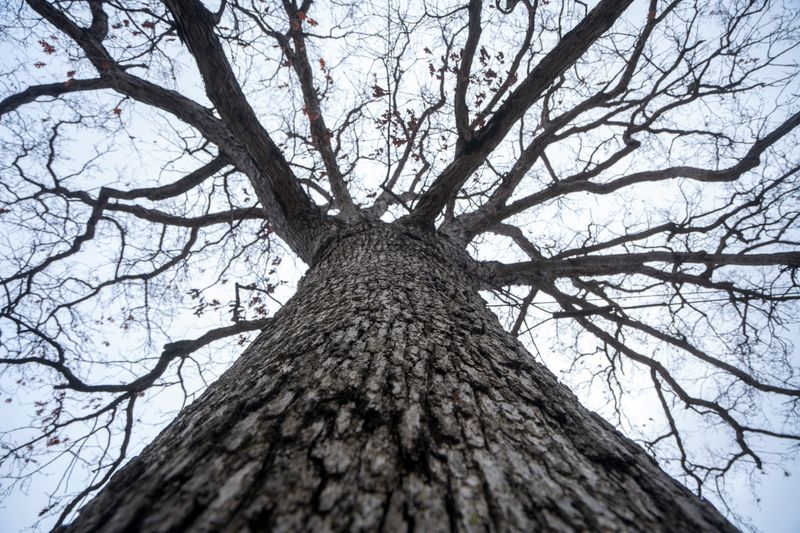Live in a home governed by a condominium, co-op or homeowner’s association? Have questions about what they can and cannot do? Ryan Poliakoff, an attorney and author based in Boca Raton, has answers.
Question: I live in a home governed by a homeowner’s association. I recently looked at the plat survey of my property and it seems to indicate that my property line does not extend to the end of my lawn which reaches the sidewalk. Between my property line and the sidewalk there was an oak tree planted by the developer. This tree, now 38 years old, has grown huge roots that have grown above the lawn within my property line, broken through water pipes and impacted growth in my flower beds.

I am familiar with the laws when a neighbor’s tree damages your property that you are responsible unless they are negligent.
An arborist has told me that if the trees are not trimmed closely, the roots will usually extend as far out as a tree limb. Over the years the association has included in our assessment the cost of light trimming just before hurricane season. Therefore, these trees are immense, and roots can extend 10-15 feet into my property.
Is there any way I can force them to cut down the tree or pay for damages to my property? Signed, S.S.
Dear S.S.,
I think you have a tough argument. As you correctly state, the association is not generally responsible for the branches or roots that extend onto your property. You are personally allowed to cut them; and I think that includes roots as well, though extensively trimming the roots on only your side of the property line is likely to destabilize the tree (which frankly is a risk with any extensive root pruning).
You would need to somehow argue that the association was negligent to allow this tree to grow without greatly trimming the canopy in order to keep the roots compact. I’m not an arborist but I’ve never seen anyone trim an oak that way — at some point it would almost approach hat-racking. Oak trees have naturally large canopies.
Many communities have these large oaks lining their streets, and the canopies can look quite beautiful when they touch and create that ideal, idyllic tree tunnel. But there’s no question they cause lots of damage to sidewalks and driveways — but typically, repairing that damage from time to time is just a necessary evil.
Ryan Poliakoff, a partner at Poliakoff Backer, LLP, is a Board Certified specialist in condominium and planned development law. This column is dedicated to the memory of Gary Poliakoff. Ryan Poliakoff and Gary Poliakoff are co-authors of “New Neighborhoods — The Consumer’s Guide to Condominium, Co-Op and HOA Living.” Email your questions to condocolumn@gmail.com. Please be sure to include your location.
This article originally appeared on Palm Beach Post: Must HOA pay for damage from tree if oak isn’t on owner’s property?
Reporting by Ryan Poliakoff, Special to the Palm Beach Post / Palm Beach Post
USA TODAY Network via Reuters Connect


